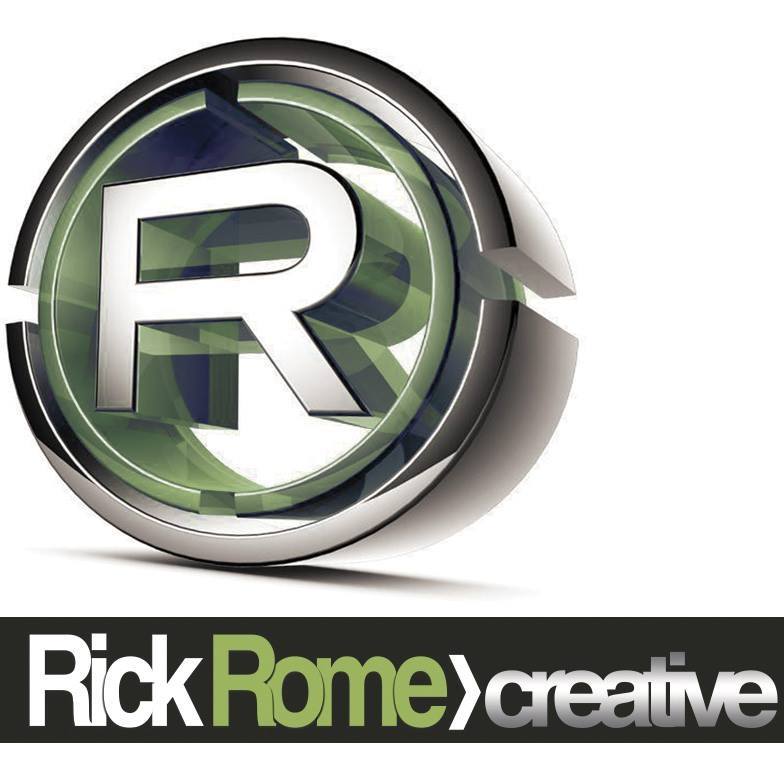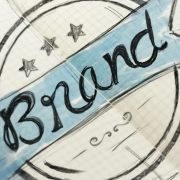Unleashing Creativity: Exploring the World of Graphic Design
In a world where visuals speak volumes and creativity knows no bounds, graphic design emerges as the artistic force that bridges imagination and communication. It’s the art of storytelling without words, the ability to evoke emotions through colors, shapes, and composition. Welcome to our blog, where we embark on a vibrant journey into the dynamic realm of graphic design. Whether you’re an aspiring designer, a seasoned pro, or simply someone with an appreciation for the aesthetics that surround us daily, this blog is your gateway to the ever-evolving world of visual creativity.
Graphic design is not just about creating visually pleasing images; it’s about conveying powerful messages, building brand identities, and leaving lasting impressions. From the sleek logos of global corporations to the intricate details of a book cover design, graphic design is everywhere, shaping our perceptions and influencing our decisions. It’s an art that constantly adapts to new technologies, trends, and mediums, making it an exhilarating field to explore.
Join us as we dive deep into the intricacies of graphic design—uncovering the secrets of color theory, dissecting the impact of typography, and exploring the magic of composition. We’ll showcase the work of talented designers, decode design principles, and stay on the cutting edge of industry trends. Whether you’re seeking inspiration for your next project or eager to learn the fundamentals of design, our blog is your destination for all things visual, where creativity knows no bounds, and the possibilities are endless. Welcome to the world of graphic design, where imagination takes flight, and the canvas is limitless.



 Rick Rome Creative
Rick Rome Creative